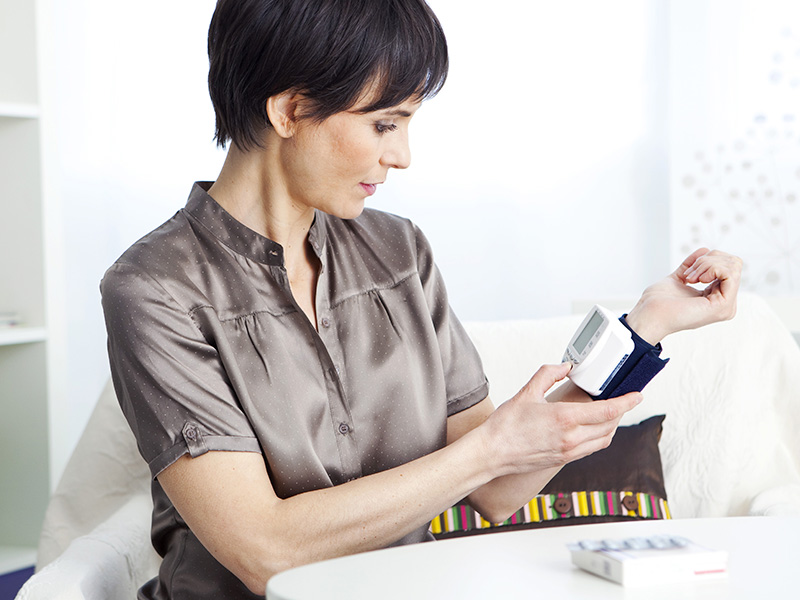How Remote Patient Monitoring Can Help Improve Chronic Care Management
Remote Patient Monitoring can help improve
Chronic Care Management.
RPM is a telehealth tool that collects health data, including:
- Heart rate
- Blood sugar
- Vital signs
- Lung failure
- Respiratory insufficency
- Weight High Bmi
- Blood pressure
Afterward, patient data is transmitted to healthcare providers. Commonly-used RPM devices include glucose and blood pressure monitors, weight scales and pulse oximeters.
One of the most significant benefits of remote patient monitoring is its ability to help improve chronic care management by providing access to real-time patient data.




